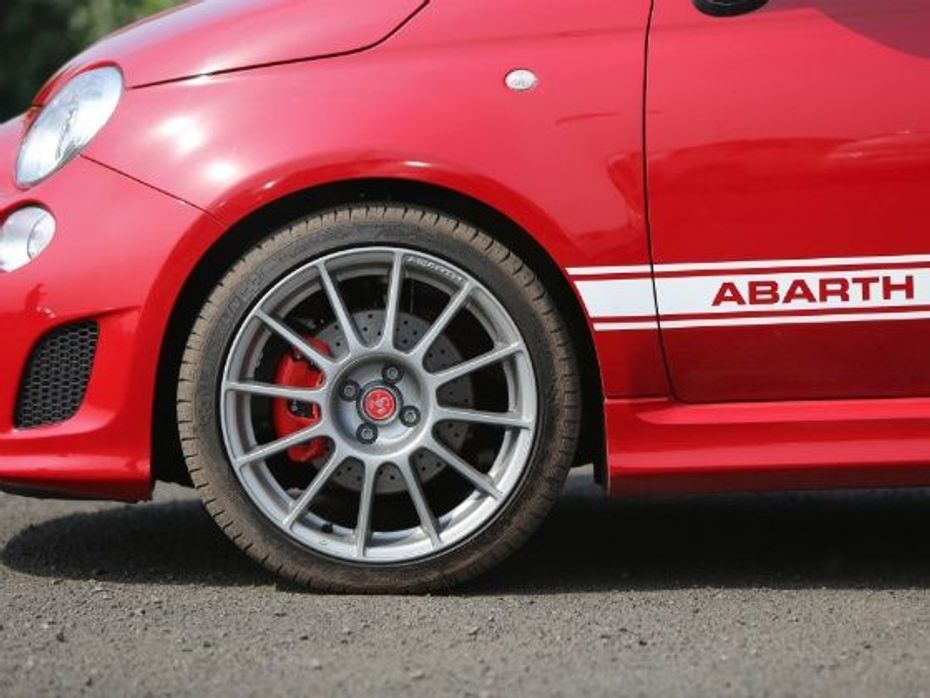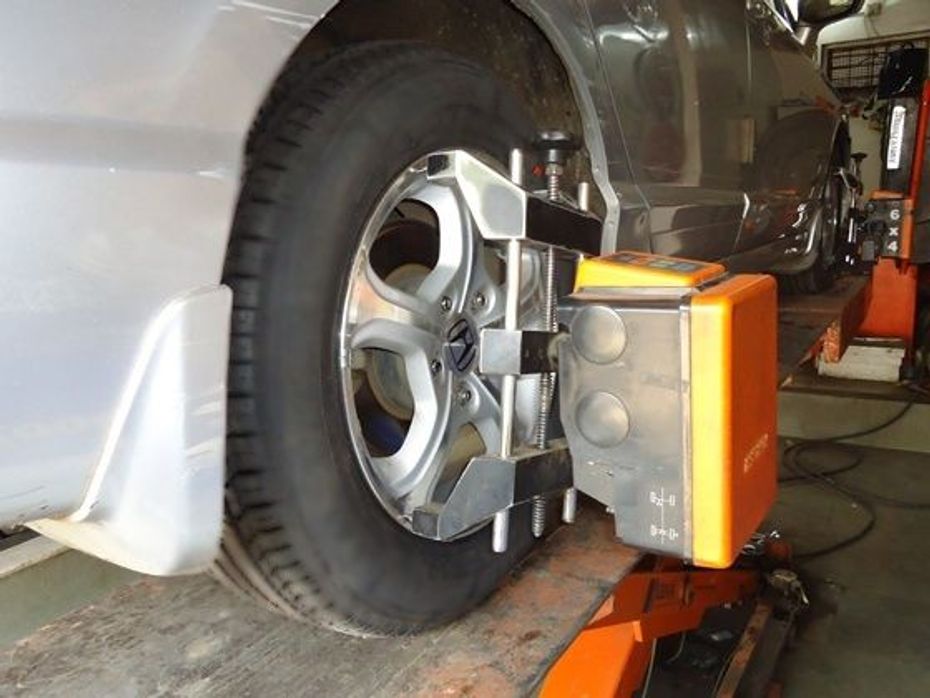Explore all New Cars of 2024
 In Pics: Features That Tata Curvv Will Get Over Maruti Grand Vitara
In Pics: Features That Tata Curvv Will Get Over Maruti Grand Vitara


Tyres are crucial as they are the only patch of contact between your car and the road. Worn out or damaged tyres will not only put you at risk but are also a risk to motorists around you. Here are a few things you can do to ensure your tyre stays in the best of health.
Check air pressure regularly
Tyre maintenance is often overlooked by most owners which leads to tyres operating at pressures way under what they should be operating at. Lower tyre pressures mean that the tyre compresses more than usual under stresses which in turn increases the contact patch between the car and the road. This leads to tyre overheating and can lead to catastrophic tyre failure. Filing nitrogen in your tyres instead of air can also help as nitrogen in its purest form expands and contracts far lesser than air does. Also remember to always use valve covers on your valves.

Tyre rotation
Usually, front tyres wear out much faster than the ones at the rear. To prevent excessive wearing and to make sure grip levels remain at a constant with all four tyre, one much usually rotate the tyres once every six months. Usually, the front tyres are installed at the rear and the rear tyres are exchanged in a criss-cross fashion with the ones in the front. Tyre rotation can also help in minimising stresses to a set of tyres in case the car suffers from some sort of suspension or body alignment issue.
Wheel alignment
The wheel alignment of a car is the basis on which it runs in a correct and straight driving line. However, if the alignment is not right, a number of problems would crop up while driving the car. The problems can range from the car struggling to keep a straight line at normal speed to the vehicle pulling to one side and vibrations in the steering wheel. Hence usually one should make sure to get their car’s wheel alignment checked every 5,000 kilometres. The main parameters while getting tyres aligned are the camber, caster and toe. Always remember to get your car aligned after a set of new tyres or after changing even the smallest suspension components like bushes or major changes like struts and springs.

Wheel Balancing
When the tyre rotates, asymmetric construction in the tyre cause it to wobble, which eventually results in vibrations in the steering wheel. This wobble can be remedied by performing a wheel balancing. It is done by adding clipped on or stuck on counterweights on the wheel using a balancing machine that judges the irregularities and tells the technician where to add counter-weights to essentially balance off the imbalance in a tyre. Whether an alloy or a pressed steel rim, balancing is important for both. Under ideal conditions, wheel balancing should be done whenever you find uneven tyre wear or uncomfortable feedback on the steering wheel. That said, when balancing a particular wheel, if you require weights upwards of 100 grams it is advisable to get your rim or tyre (or both) changed.
These essential tyre maintenance tips will go a long way to take care of your tyre thereby ensuring maximum grip and safety. Usually, a set of new tyres should be installed every five years, irrespective of how many kilometers they have covered.
India's largest automotive community